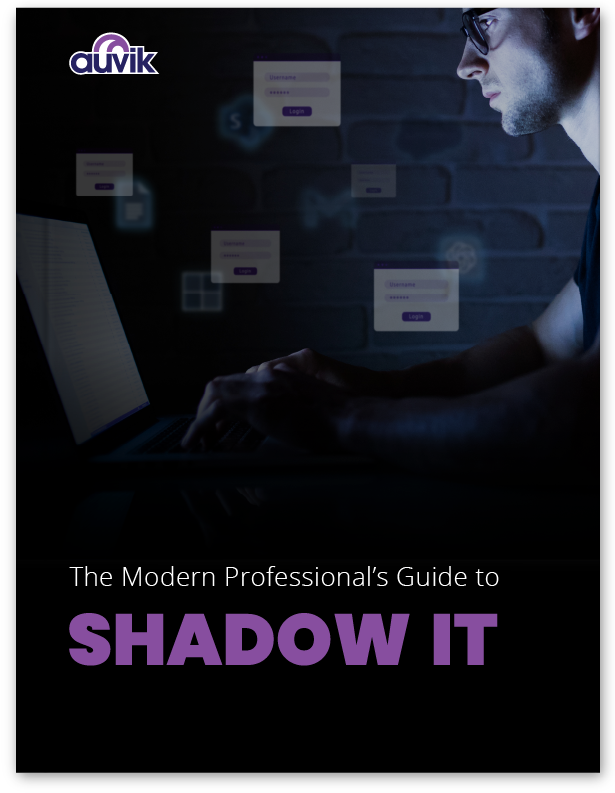We live in an age of information overload, surrounded by devices abuzz with alerts and notifications. We’re so inundated by alerts that it’s easy to become complacent about them, even desensitized.
In the healthcare industry, it’s a phenomenon known as alarm or alert fatigue. But it’s not only nurses and physicians who suffer. IT administrators face the same challenge.
Data centers and networks equipped with modern monitoring software can produce a dizzying deluge of automated alerts. Left untamed, the notifications quickly lead to alert fatigue.
Alert fatigue can tax your personal health as stress levels rise with the volume of alerts. It’s also bad for the infrastructure you manage, since too many alarms to handle mean you’re likely to stop paying attention.
Handling alert fatigue
Fortunately, alert fatigue isn’t something you just have to learn to live with. Nor do you need to turn off alerts entirely, which would leave your networks susceptible to failures. Instead, with the right tools and a bit of planning, it’s possible to use alerts effectively and keep your sanity intact.
Here are some tips that will help.
1. Develop a notification plan
A little advance planning goes a long way towards managing the real-time chaos of notifications.
Your notification plan should specify who receives which notifications from which devices, how quickly staff members are expected to react to alerts of different levels, and what will happen if critical alerts pop up during non-business hours. All affected employees should be aware of the plan and the expectations it places on them.
Revise the plan as needed by collecting and reviewing notification data periodically. Know how long it takes, on average, for employees to receive alerts, resolve issues and pass information onto other parts of the organization. Then identify which parts of your notification plan are working well, and which ones should be tweaked.
2. Decide when and how to forward notifications beyond the support team
In some cases, non-IT employees and management need to know about system issues. Other times, they don’t. Sending them notifications unnecessarily creates alert fatigue for them, but leaving them out of the loop entirely can create problems too.
So as part of your advance planning, figure out which non-IT staff members need to know what. Crafting this aspect of your notification plan carefully can help build bridges between IT and other departments, and as a bonus, make you look really good. No need for HR to call and complain that their server is down when you’ve already pinged them to let them know you’re aware of the issue and working on it!
3. Develop a mobile notification strategy
Today, it’d be crazy not to integrate phones, tablets, and other mobile devices into your notification system since you’ll likely see alerts sooner on those devices than you will anywhere else.
At the same time, though, you need to weigh the benefits of mobile alerting against security considerations associated with off-premises devices. And you should also consider the need to have downtime when you’re not supposed to be on call—which could mean avoiding the distraction of unnecessary notifications on your personal mobile devices.
Decide which types of alerts to send to mobile devices. Notifications that contain sensitive data should be restricted to secure devices. And configuring the system to send non-critical alerts only to on-duty staff will allow those who are off to enjoy a true break.
4. Minimize clutter in the notification inbox
Nothing encourages you to start ignoring alerts like a notification inbox that’s out of control. One way to avoid inbox overload is to choose to be notified about certain events only when you log into your management console, instead of by email.
Another is to send low-priority alerts in a digest format at a fixed time interval, such as once a day. Taking steps to mitigate false alarms by tweaking the configuration of your alert system can also help reduce notification volume.
But by far, the most important tactic for avoiding inbox clutter is to optimize alert thresholds and triggers. Many events—especially purely informational ones—may not merit an alert at all. Similarly, a type of issue you want to know about immediately on one device, like a mission-critical server, might be much less important when it occurs on a different one, such as a testing sandbox. Adjust your thresholds and triggers accordingly so that only notifications that truly matter end up in your inbox.
5. Include comments and notes in your alerts
Alert notes can improve team efficiency by pooling shared knowledge and taking advantage of past proven fixes. Something like, “This issue often happens because of X; try Y to fix it,” makes it easier for whoever receives the alert to respond quickly.
6. Integrate alerts into your help desk or ticketing platform
With platform integration, you can manage alert notifications as part of your everyday workflow. That helps keep repetitive administrative tasks to a minimum and decreases time switching back and forth between applications.
Alerts are a necessary—and, when used properly, very helpful—part of operating a network. Incorporating these six tips into your alert practices will make them a boost, not a barrier, to your productivity.




